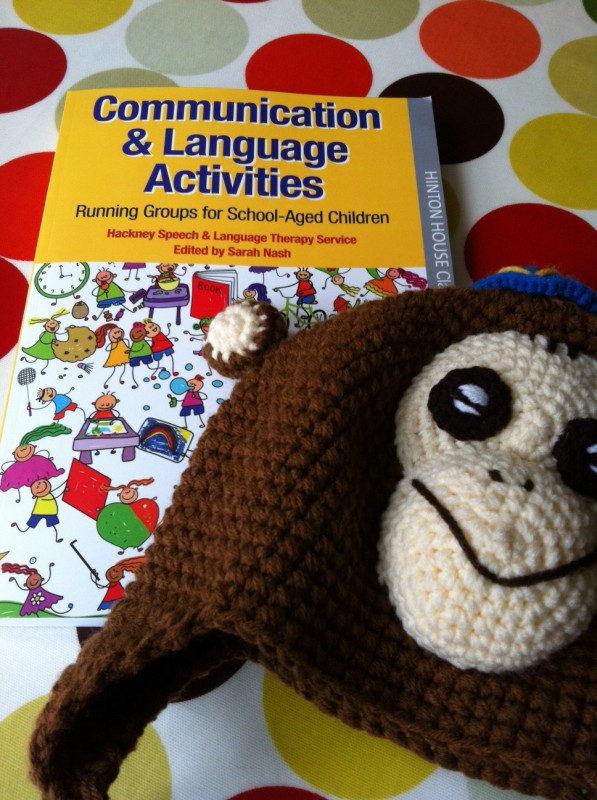I’m interested in how Speech and Language Therapists (SLTs) use counselling in clinical work. I’m also drafting targets for my Personal Development Plan (PDP) and want to include one about counselling; perhaps writing this will clarify my thinking!
What is counselling?
The British Association for Counselling and Psychotherapy uses this definition:
Counselling takes place when a counsellor sees a client in a private and confidential setting to explore a difficulty the client is having, distress they may be experiencing or perhaps their dissatisfaction with life, or loss of a sense of direction and purpose. It is always at the request of the client as no one can properly be ‘sent’ for counselling.
By listening attentively and patiently the counsellor can begin to perceive the difficulties from the client’s point of view and can help them to see things more clearly, possibly from a different perspective. Counselling is a way of enabling choice or change or of reducing confusion.
Why do SLTs need to use counselling skills?
SLTs work with clients (and their parents or carers) who may be experiencing denial or grief. We might need to use counselling skills if our clients:
- are unable to engage in therapy,
- demonstrate strong emotions,
- tell us they’re feeling low,
- are tearful, or
- struggle to adjust to their difficulties.
(List taken from Sparkes and Simpson, see below.) Sometimes we need to address these feelings explicitly before we are able to move forward with therapy.
One particular session with a parent left me feeling uncomfortable: her son had just been diagnosed with autism, and she spent the therapy session in tears. When I reflected on the session, it felt like I’d been unable to support her; so I decided to develop my counselling skills.
Resources and training
I searched Amazon for some books to get me started. I ordered Counselling Skills for Health Professionals by Philip Burnard and Person-Centred Counselling in Action by Dave Mearns and Brian Thorne. I found Counselling Skills for Health Professionals relevant and easy to read; it has practical ideas, short case studies, and an interesting chapter on culture and communication. In contrast, I found the language in Person-Centred Counselling in Action complicated and difficult to follow. Although it contains lots of interesting ideas—and it made me think—SLTs are not really the target audience.
I also attended a one day course called “Feeling out of your depth? Innovative approaches to using counselling skills within speech and language therapy” at University College London. The course was led by Cathy Sparkes and Sam Simpson. It was great! I took away lots of practical ideas for working with clients and families, and learnt more about my own skills and boundaries.
Using “blob people”
One of the ideas Cathy and Sam shared was using the blob people pictures. At work we use the “blob tree” as part of our initial assessment for people who stammer. I liked the list of possible questions that Cathy and Sam discussed: I can easily see how to use them in my clinical work.
The pictures show lots of blob people (who are neither male or female, young or old) in different situations; check out the blob bar! Possible questions to initiate discussion include:
- Which one are you?
- With friends, which one are you?
- Which one would you like to be?
The pictures and questions are a great resource, check them out.
Personal development target
I was prompted to think again about using counselling skills during a recent initial assessment. During the session the parents seemed to move from denial that there was a problem to grief that their son’s language was severely delayed. There was another family waiting, so I couldn’t explore the parents’ distress. Looking at the definition above, I did try to help them see things more clearly, and to reduce their confusion, but maybe I could have done more.
Is there a personal development target here somewhere? How about:
To practise using counselling skills in assessment and therapy sessions, in order to help parents think clearly and be ready to engage with therapy.
What do you think?





